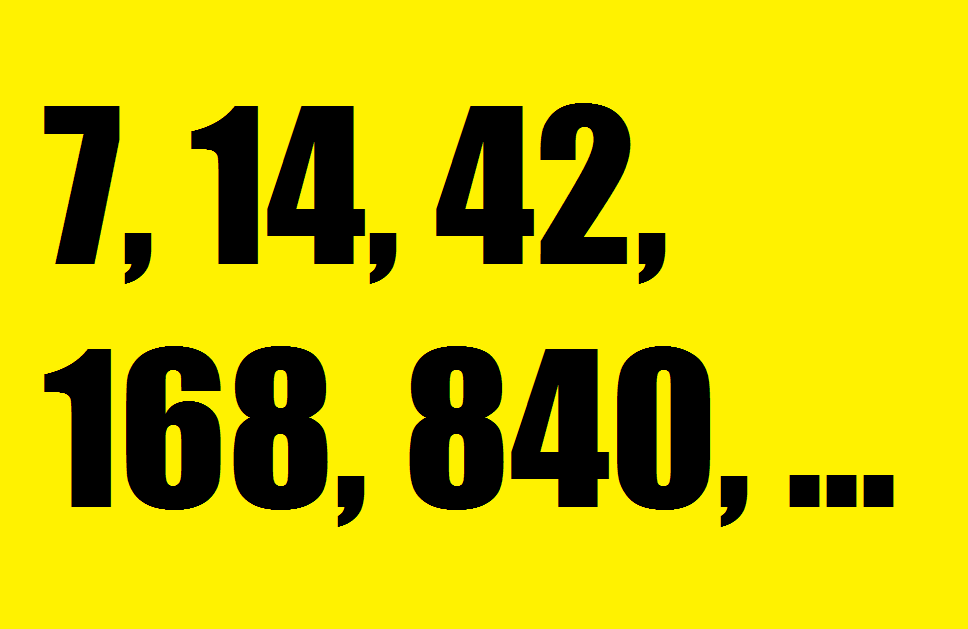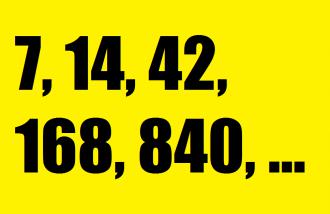What number comes next?
Look at the series (7, 14, 42, 168, 840, ?), determine the pattern, and find the value of the next number!Correct answers: 92
The first user who solved this task is Djordje Timotijevic.
#brainteasers #math #riddles

Now What? (world's funniest joke)
Two hunters are out in the woods when one of them collapses. He doesn't seem to be breathing and his eyes are glazed. The other guy whips out his phone and calls the emergency services. .
He gasps, "My friend is dead! What can I do?". .
The operator says "Calm down. I can help. First, let's make sure he's dead." .
There is a silence, then a shot is heard. .
Back on the phone, the guy says "OK, now what?" .
This is The "world's funniest joke", as by the THE SCIENTIFIC SEARCH FOR THE WORLD’S FUNNIEST JOKE by Richard Wiseman, of the University of Hertfordshire in 2002
The Winning joke, which was later found is based on a 1951 Goon Show sketch by Spike Milligan
Photo by Rhett Noonan on Unsplash
Happy International Joke Day July the first!

